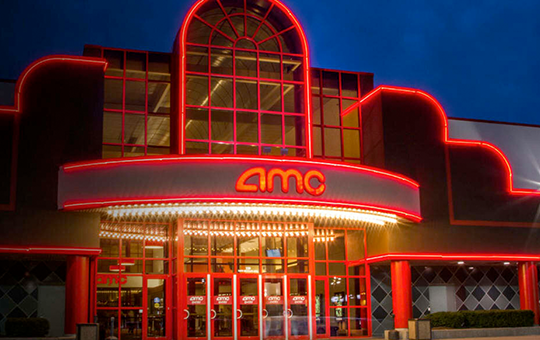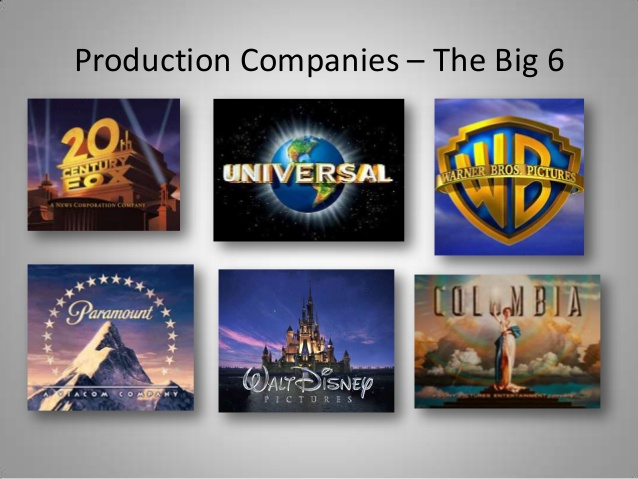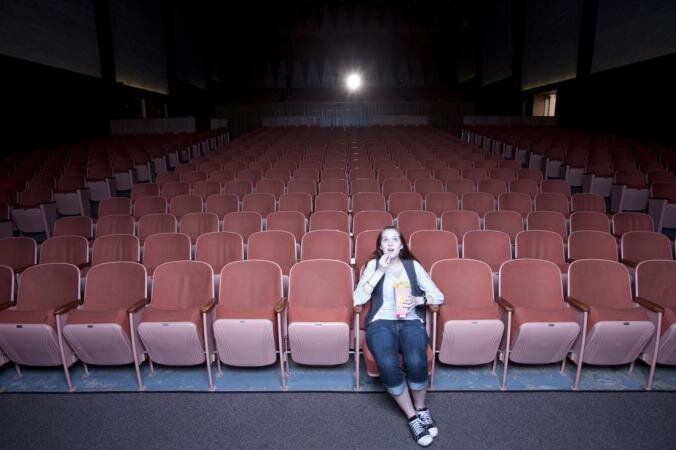The second problem is the shrinking movie theatrical window, i.e. the time frame between the theatrical release and the in-home VOD. With a wider window, impatient audiences are forced to turn to theatre’s. But now the window is shrinking because of the high density of the streaming service industry. In the 80s, it would take a movie 5 to 6 months to arrive on TV from the theatre’s. Now, this gap has been reduced to 2 to 3 months.
Once the studios figure out a way of making VOD releases financially beneficial, they may cut out movie theatre’s, completely. But that’s a very extreme situation. Earlier the only issue was VOD, but now there are steaming services.
Social distancing has messed it all up. During this pandemic, movie studios have to find creative ways of making the movies available to the audiences. Disney’s “Onward” was out on Disney Plus, less than a month after its theatrical release. Major films, like the Invisible man and the Hunt, skipped straight from theatre’s into the streaming services. Then there was “Trolls World Tour”, which went on for a full digital release. So, has Covid-19 killed movie theatre’s?
There will always be people who value the experience of seeing a movie in the Cinema and will pay a premium for that experience. There will also be people who want to look for the cheaper option. Finally, there are the cinema purists like me- the ones that live for the smell of movie theatre popcorn. They want the chance to experience art made by their favorite directors, on the biggest screens possible, and with the best audio, there is. This small group alone isn’t enough to preserve the current state of movie theatre’s.
But why? To answer that, let’s look at the Trolls World tour. After its digital release, it soon became a historic movie. It is the most pre-ordered movie of all time and the best-selling film for over three days of digital release. Amazon prime is not as transparent as the Box office, so we don’t know how much revenue was generated. But, we do know that for some time it was number one on Amazon Prime; regardless of the cost.
The movie cost $19.99 for 48 hours. It was rented more times than anything else on the platform. This is compared to all the far cheaper movies on the platform. When digital releases prove more profitable, family films would be the first to leave the theatre’s. The savings of VOD for a family are far greater.
One night of movie-going for a family of 4 may cost roughly $80 to $100. If you watch the same movie at home, make your popcorn and your soda, your cost comes down just under $40. VOD allows parents to turn their living rooms into cost-effective movie theatre’s. Families would prefer that over spending $100 on a movie like Trolls. You have the option of pausing for bathroom breaks, if snacks run out- you can just re-stack and not miss even a single minute.
Another change that the movie theatre’s may go through- even larger hike in prices. We discussed that ticket prices have been rising like crazy for 25 years now. Yet, people want to go to the movies because the cinema experience feels like an event- with 3D, Dolby, IMAX.











